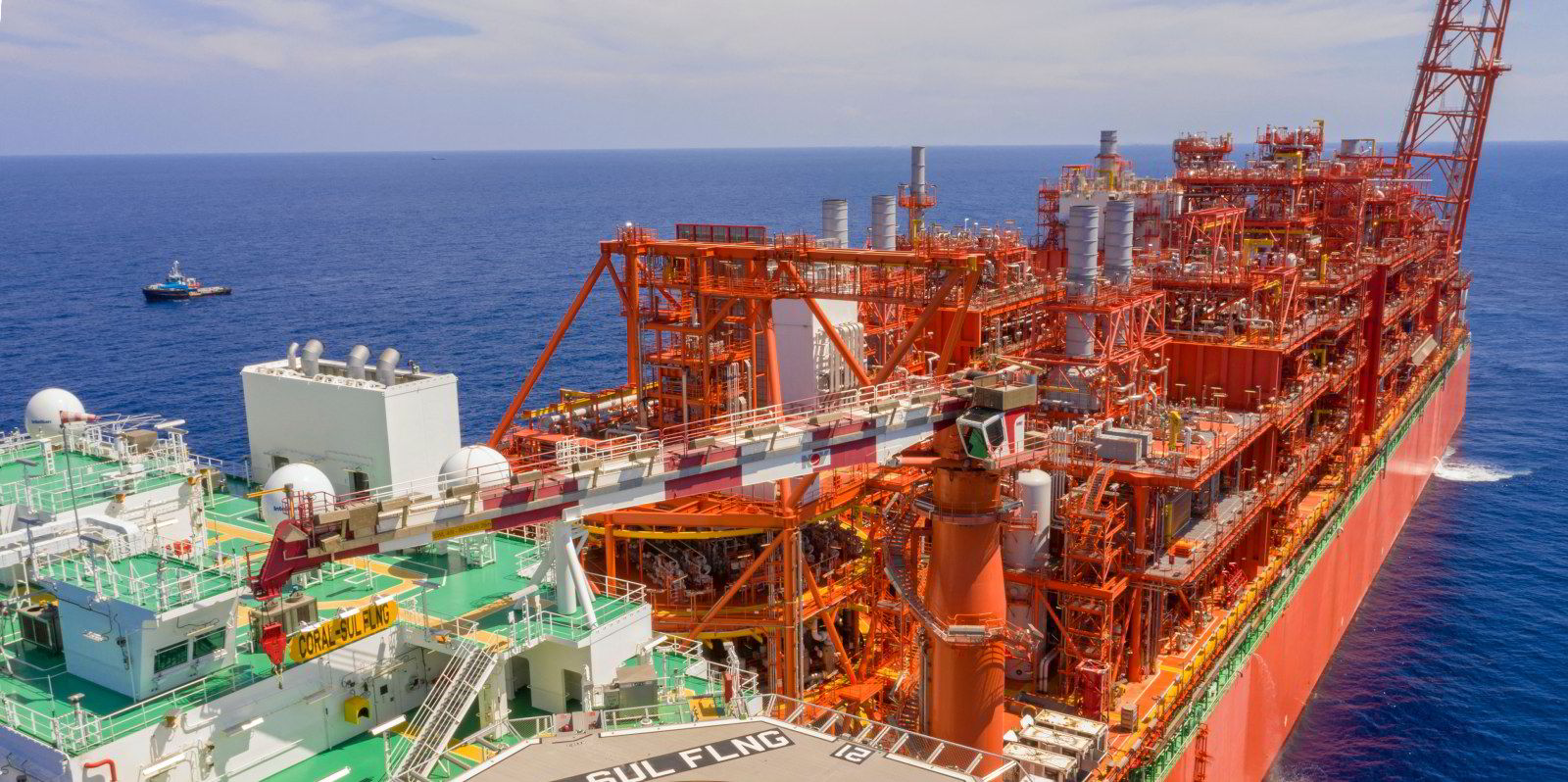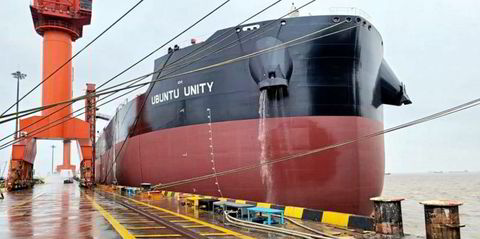Energy major BP is forecasting a strong increase in LNG trade for the rest of this decade but sees conflicting forces making the outlook for the product “uncertain” from 2030 onwards.
In its long-running annual Energy Outlook for 2023, which was published today, BP said there will growing LNG demand from emerging markets such as China, India and some Asian countries as they industrialise and switch away from coal. But this will be offset by developed economies transitioning to lower carbon energy sources.
“LNG trade increases robustly in the near term but the range of uncertainty widens post-2030,” the major said.
BP uses three “what if” scenarios in its Outlook, which it labels ‘Accelerated’, ‘Net Zero’ and ‘New Momentum’.
Under Accelerated, world CO2-equivalent emissions (CO2e) fall by about 75% by 2050 relative to 2019 levels.
For New Momentum, which BP said is designed to capture the broad trajectory along which the global energy system is currently travelling, CO2e emissions peak in the 2020s and by 2050 are around 30% below 2019 levels.
BP said under New Momentum the growth in LNG trade increases by 30% between 2030 and 2050 on the back of increasing demand from Asia for gas in the power and industrial sectors.
But this compares with a fall of about 40% in the other two scenarios where continuing demand from Asia “more than offsets” declining LNG imports for Europe and developed Asian buyers.
“The size of the LNG market in 2050 is roughly double its 2019 level in New Momentum, broadly unchanged in Accelerated, and is around 30% lower in Net Zero,” BP said.
European imports show particular increases, reflecting the drop in Russian gas pipeline imports and sustained natural gas demand.
Under New Momentum, BP forecasts that by 2030 these will be 70bn cbm (BCM) above those seen in 2019 and 40 BCM higher under Accelerated.
But under Net Zero they would plummet by 190 BCM — greater than the loss of Russian pipeline gas imports — as energy efficiencies and renewables kick in.
Looking at LNG exports by region, BP said the US and Middle East emerge as the main global supply hubs in 2050.
It said a “substantial expansion” of US and Qatari exports will meet LNG demand growth to 2030, with the two accounting for around half of global supply by the end of this decade, compared with one third in 2019.
But under BP’s Accelerated and Net Zero scenarios, US LNG exports are slashed by about half in the 2030 to 2050 period, reflecting increasing competition and the higher transport costs for this supply to the remaining demand centres in Asia.
Russian exports
Australian LNG exports also decline across all three scenarios on the back of increasing costs and constraints on upstream production.
BP described future Russian LNG exports as “scarred by the effects of the Russia-Ukraine war” and limited by restrictions on western technology and funding.
The major sees these constraints gradually easing post-2030, allowing Russian exports to more than double by 2050 under its New Momentum forecast. But the fall in global LNG demand under the other two scenarios means that Russian exports have little chance to recover even if sanctions are eased.
“Russian LNG exports are between 10 to 60 BCM lower in 2035 and 15 to 50 BCM lower in 2050 across the three scenarios than in last year’s Energy Outlook,” BP said.






